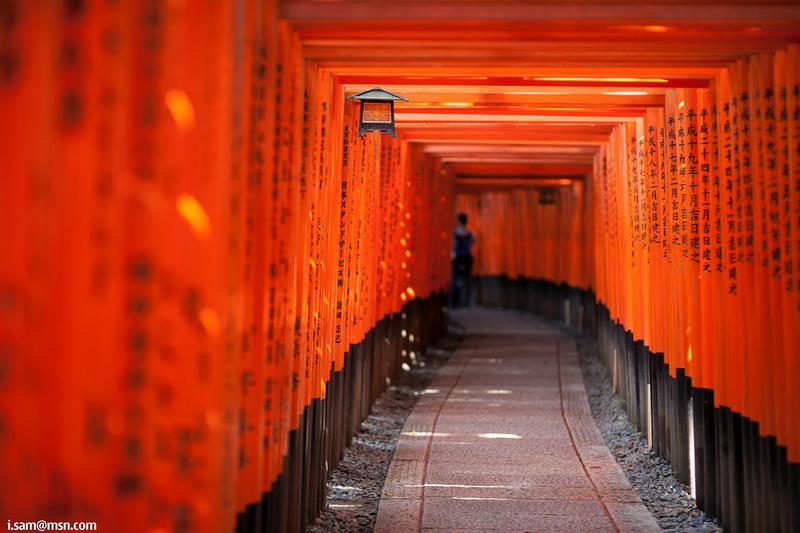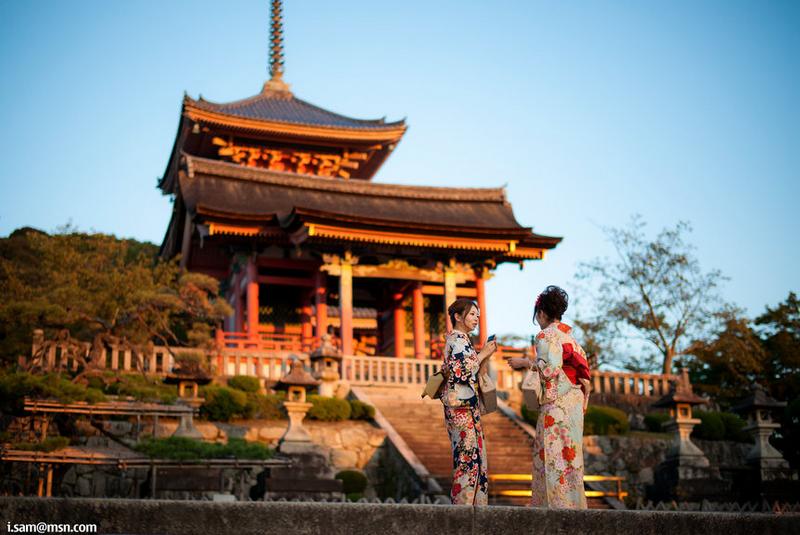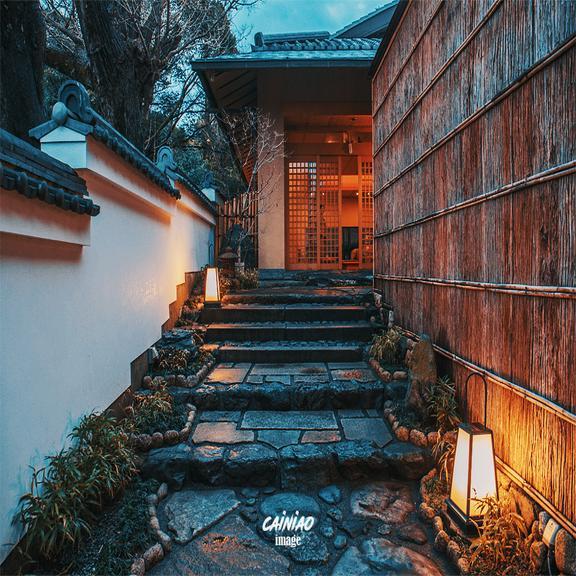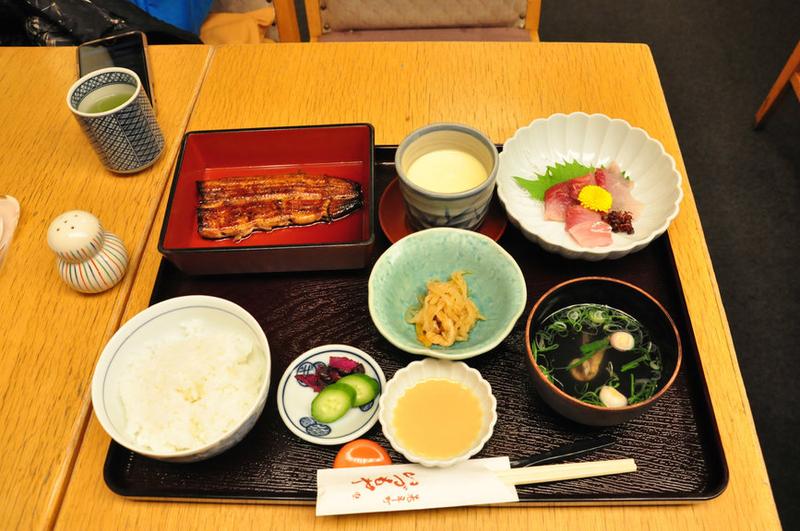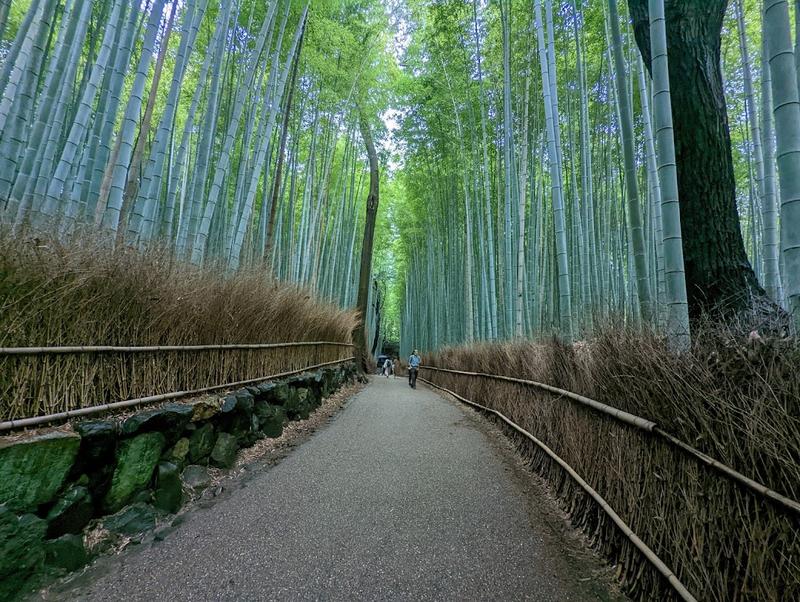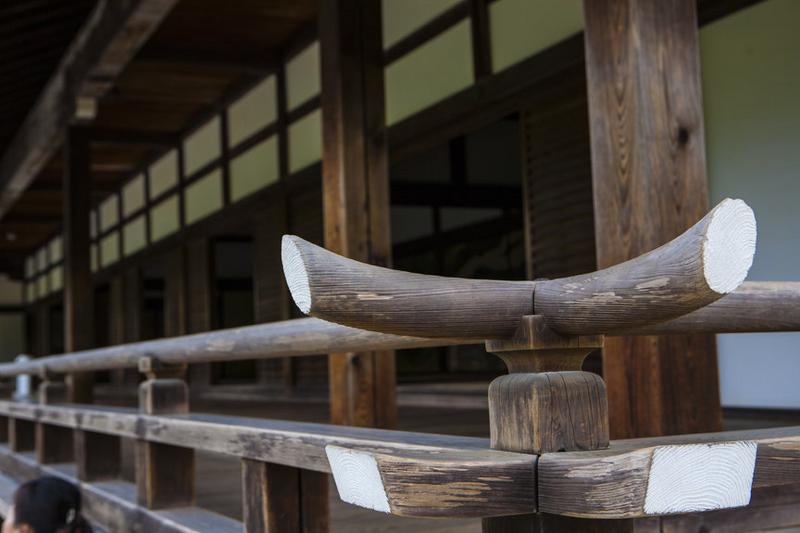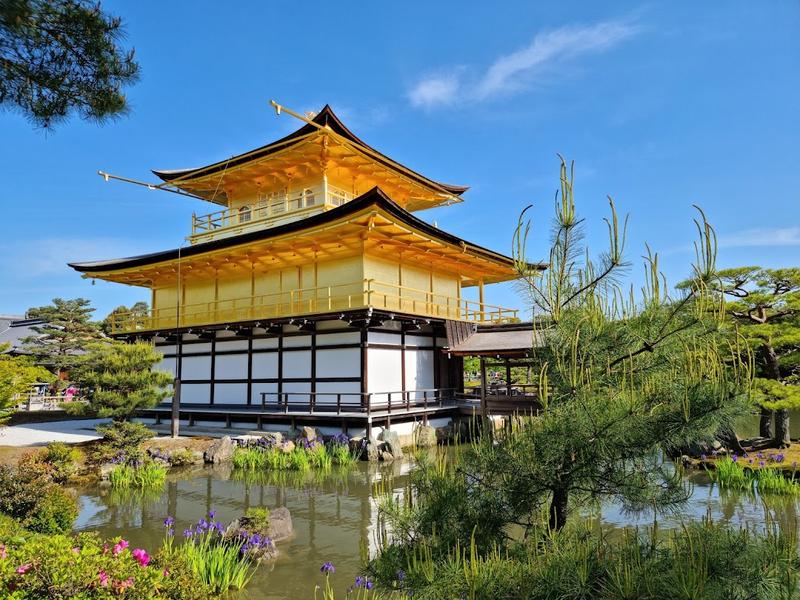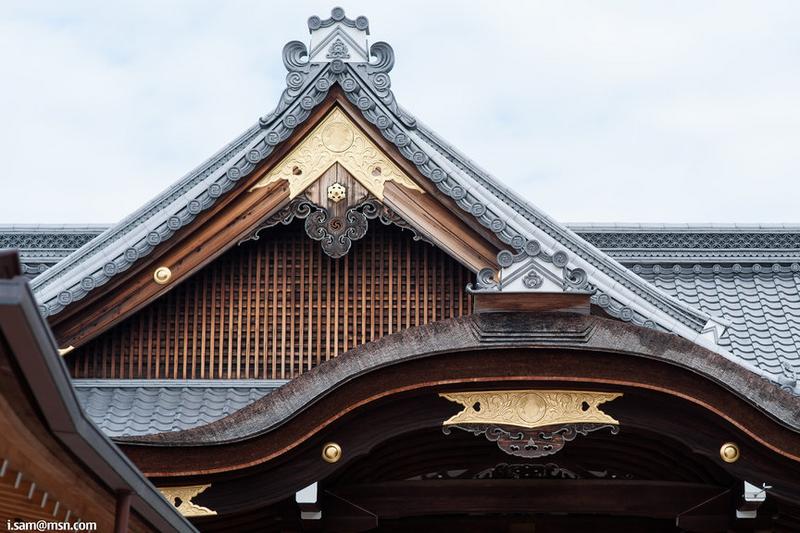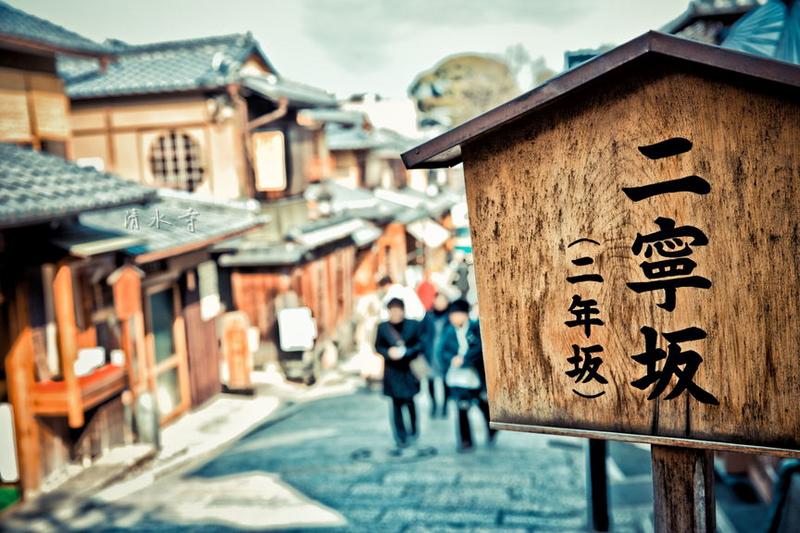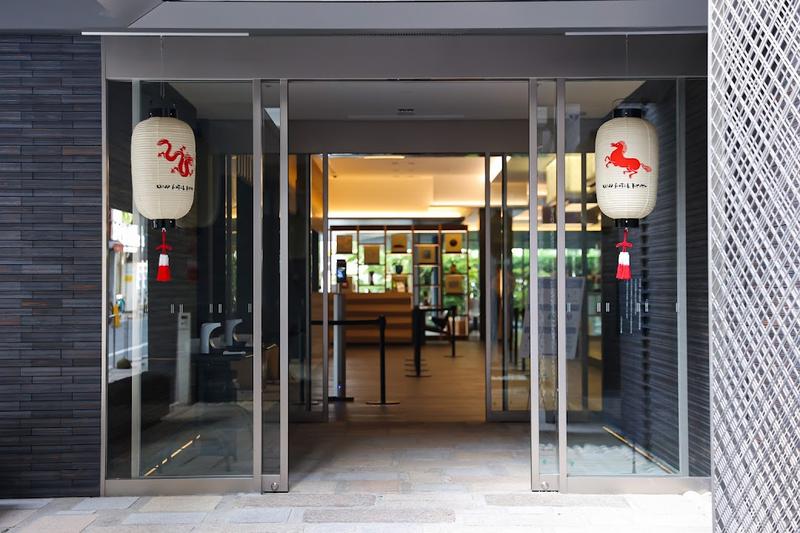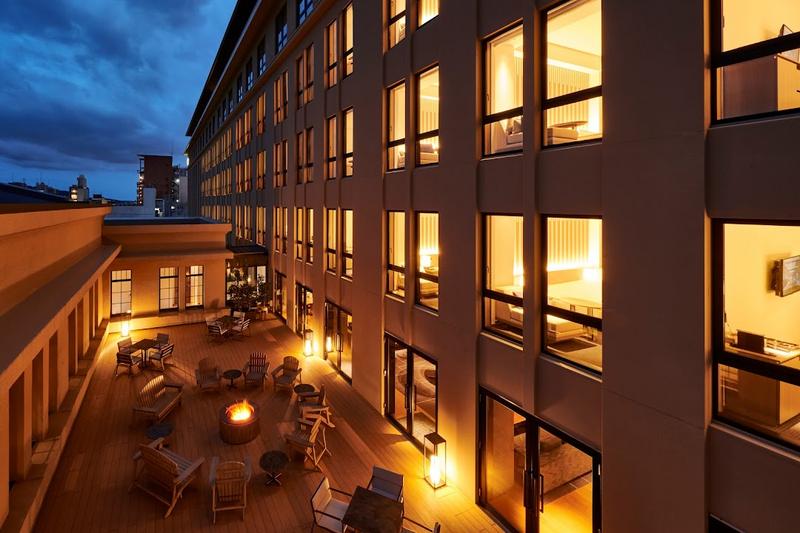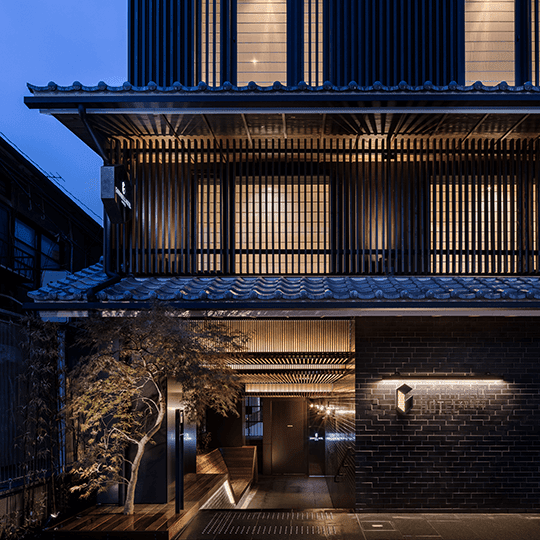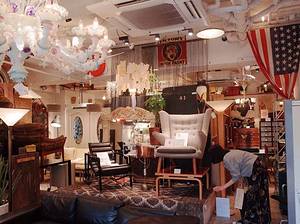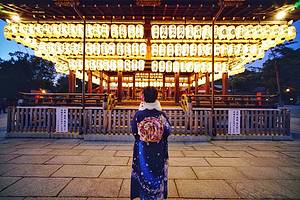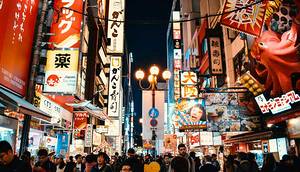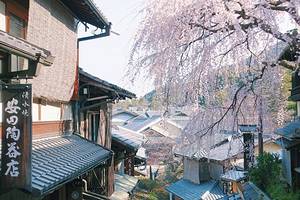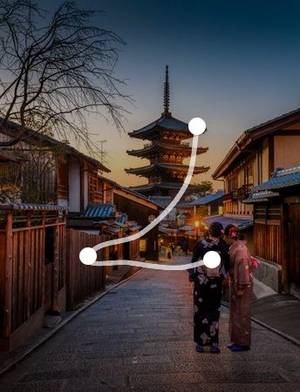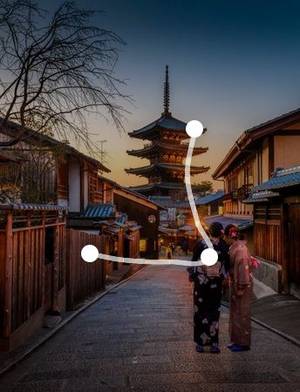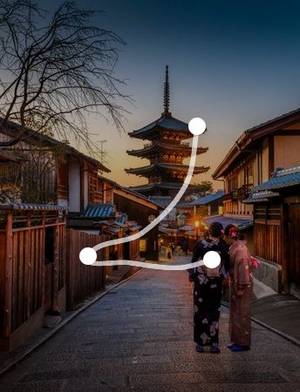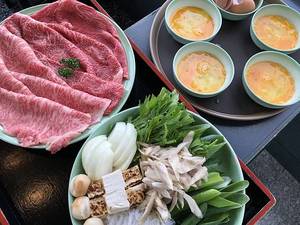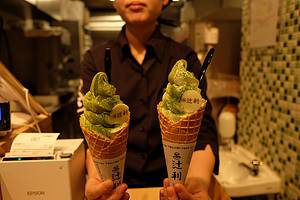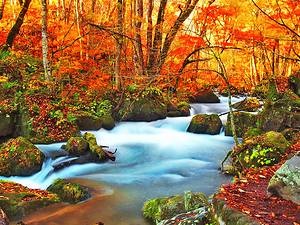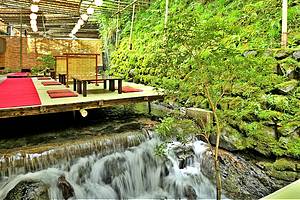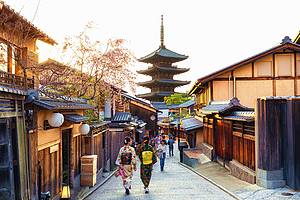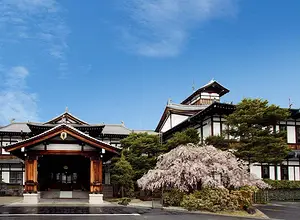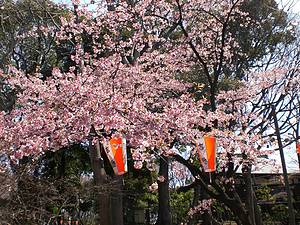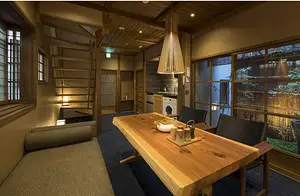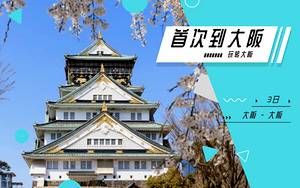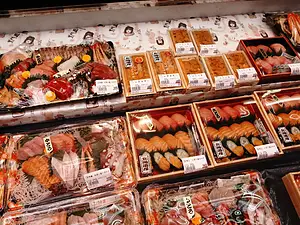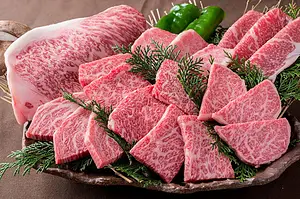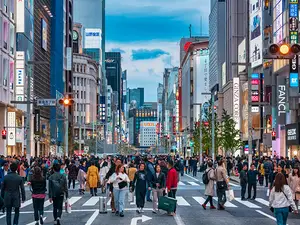Discover Kyoto in 2 Nights
1 cities |
12 attraction(s) |
total distance 30
km
 TIPS
TIPS
Day1
Day2
Day1: Kyoto
4 attraction(s) ·
6 km
1
Fushimi Inari Taisha is located at the foot of Mount Inari in the southern part of Kyoto, with a long history. Legend has it that the agricultural deity Inari enshrined here can bless business prosperity and abundant harvest, attracting many pilgrims to worship. Foxes are considered messengers of the gods, so there are many different-shaped fox stone statues and fox-faced prayer plaques, showing people's reverence for foxes. Fushimi Inari Taisha is not only worth visiting for its main building, but also known for its "Senbon Torii" or "Thousand Torii Gates". This path to the mountaintop is lined with hundreds of vermilion-colored torii gates, spanning about 4 kilometers in total. It takes 2-3 hours to walk round trip to the mountaintop. This route is one of the representative landscapes of Kyoto and has appeared in the movie "Memoirs of a Geisha", leaving a deep impression with the scenes featuring the backdrop of the thousand torii gates.
4
km
2
Kiyomizu-dera is a historical temple located on Mount Otowa in the eastern part of Kyoto. It was first built in 778 and has been rebuilt several times, with the current structures mostly dating back to the period between 1631 and 1633. The temple's main hall, Niomon Gate, Western Gate, Three-story Pagoda, and Bell Tower have been designated as national treasures and important cultural properties. The most famous feature of the temple is the Kiyomizu stage, a platform that was built without using a single nail and is located on a cliff, offering a panoramic view of the city of Kyoto. The temple also features the Otowa Waterfall, where three separate streams represent longevity, academic success, and finding love. In addition to the main temple, there are other buildings located throughout the grounds, such as the Three-story Pagoda and Zuigu-do Hall. Visitors can purchase tickets to participate in the "Womb World Walk," a prayer experience that symbolizes being inside the womb of a Bodhisattva. The upcoming "Kanji of the Year" event will take place at Kiyomizu-dera, and the Kyoto Kanji Association considers it a typical representative of Japanese temples. Kiyomizu-dera is designated as a UNESCO World Heritage Site and is considered one of the iconic landmarks of Kyoto due to its lush scenery and long history.
2
km
3
Gion Corner is a theater that showcases traditional Kyoto performing arts. The performances usually last around an hour and include Kyoto-style dance, tea ceremony, flower arrangement, koto music, Noh theater, and Bunraku puppetry. Visitors can experience the rich cultural heritage of Kyoto through these performances. Additionally, the Kabuki Gallery displays stage videos and Kabuki-related items such as hairpins.
1
km
4
Pontocho, located between Kamo River and Kiyamachi Street in Nakagyo Ward, Kyoto, is a famous Hanamachi (geisha district) with a rich historical background. Originally, it was part of the sandy shoal of the Kamo River, but during the early Edo period, land reclamation began and it was renamed as Shinmachi. Over time, it developed into a bustling area with teahouses, inns, and more. With the emergence of geisha, Pontocho gradually became one of the renowned Hanamachi. Aside from its unique Hanamachi features, there are also many general dining establishments in the area. The shops on the east side face the Kamo River, and many of the restaurants offer cooling devices for summer use.
Day2: Kyoto
8 attraction(s) ·
16 km
1
A popular sightseeing path runs uphill through this forest of towering bamboo stalks.
1
km
2
Tenryuji Temple is located in Sagano, Ukyo Ward, Kyoto City, Japan. It is one of the head temples of the Rinzai sect of Zen Buddhism. The temple is also known as "Ryoan-ji" and its mountain name is "Ryugei-san". The main statue enshrined in the temple is Shakyamuni Buddha, and it was founded by Ashikaga Takauji. The temple was originally built to console the spirit of Emperor Go-Daigo. With its grand scale, Tenryuji Temple is considered the foremost of the Kyoto's Five Mountains and is designated as a Special Historic Site and a Special Place of Scenic Beauty in Japan. In 1994, Tenryuji Temple was included in the UNESCO World Heritage List as part of the "Historic Monuments of Ancient Kyoto".
6
km
3
Historic, tranquil temple with a gold-leaf facade set amid landscaped gardens & a reflecting pond.
4
km
4
Nijo Castle is located in the center of Kyoto. It was built by the first shogun of the Tokugawa shogunate, Tokugawa Ieyasu, and it was the place where the last shogun, Yoshinobu Tokugawa, returned political power to the emperor. Nijo Castle preserves the art and architecture of Japan's Momoyama Period and is recognized as a UNESCO World Cultural Heritage site. The Honmaru, or main palace, is an important cultural property, while the Ninomaru Palace is a national treasure, featuring rooms where the shogun received daimyo lords and lived. The castle's gardens are also famous for their traditional Japanese design. Nijo Castle also features a corridor called the "Nightingale Floor," which was designed as a security measure to detect intruders. While the Honmaru is normally not open to the public, visitors can explore the Honmaru Garden. Additionally, Nijo Castle is a popular spot for cherry blossom viewing and showcases vibrant autumn colors, making it a must-visit destination for travelers in Kyoto. The castle grounds also offer pedestrian streets and shops for visitors to enjoy local specialties and take breaks during their sightseeing.
4
km
6
Contemporary hotel offering streamlined rooms & suites, plus a restaurant/bar & complimentary Wi-Fi.
1
km
7
Polished quarters, some with rock gardens, in an upscale hotel offering bars & a sleek restaurant.
1
km
8
Contemporary hotel featuring a tranquil bathhouse & a streamlined restaurant/bar.
